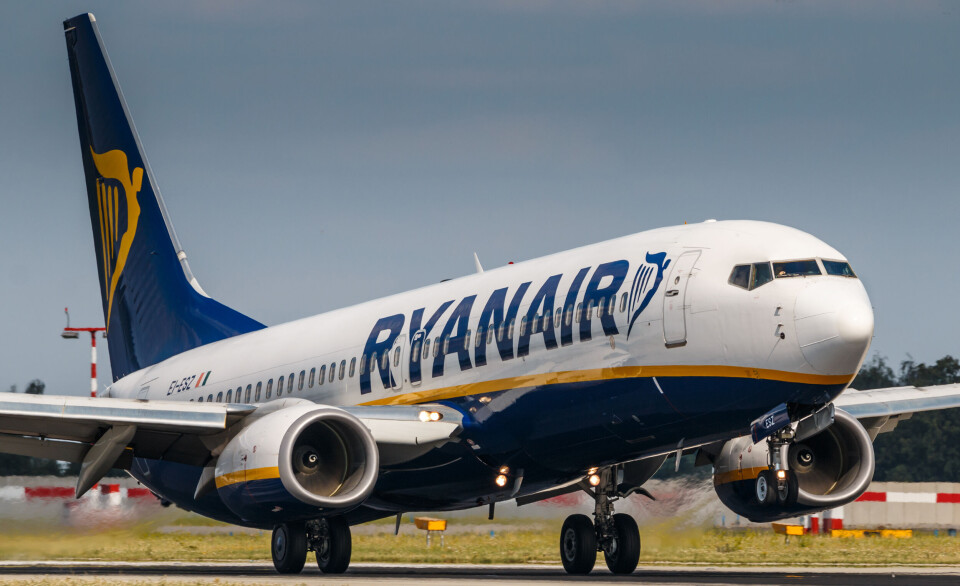Nearly a decade since the ‘tiny house’ concept became popular in France, the number of small properties continues to grow – but prices have also risen.
The idea was taken up by many people with an environmental bent, seduced by the idea of having a small, well-insulated house, not much bigger than a garden shed, with all the comforts of larger homes but without the costs.
Typically, a tiny house measures no more than 37m2.
Rising prices
A number of associations to help builders and give advice have been set up. The largest, Tiny House France, notes that key-in-hand prices, which averaged €25,000 10 years ago, now start at around €30,000 and frequently end up costing over €100,000 for models fully equipped with the latest technology.
Prices are low not only because of the small size, but because sellers pre-fabricate many parts. Complete kits are available too for people who can build their own – most seem priced at around the €20,000 mark.
For €100,000 you should be able to buy a house with 30m2 living space, with all installation costs included.
Legal and tax status
The good news is that grey areas of the law surrounding the installation of tiny house buildings have largely been cleared up.
The big difference is whether or not the houses have wheels.
Wheeled versions are considered caravans, and can be sited on any ground without permission for three months a year.
For longer than that, authorisation is required from the mairie.
No tax applies to wheeled tiny houses, but they cannot be connected to utilities and are not legally considered as residences.
Read more: Tiny homes that can be towed reinvent French caravan concept
For very small fixed houses, under 5m2, no authorisation is required.
Between 5m2 and 20m2 a déclaration préalable is required at the mairie for a permanent building. This will result in a one-off taxe d'aménagement of between a few hundred euros to over €1,000, depending on size. Your annual taxe foncière will also rise.
Above 20m2, a full permis de construire is required.
You can do the work on the application for free yourself, sometimes with drawings supplied by the house builder, or use a professional, usually recommended by the builder, for between €1,000 and €2,000.
In any case, the tiny house must meet the same health and safety standards as full-sized homes: it must not leak, have connected utilities (usually for a price of between €1,500 and €3,000), have working toilets, showers and sinks, be fire-proofed and have a heating system.
Renting rules
The same health and safety rules forbid renting a tiny house of less than 9m2.
For slightly larger properties, renting can be done with a location saisonnière contract instead of a short-term furnished contract, which means there is more flexibility on the time and no ceiling on rentals.
For long-term rentals, where the tenant uses the house as their main residence, the government’s Agence nationale pour l’information sur le logement (Anil) recommends that details of rights of access to the tiny house be included in the contract, even if it is through a separate garden gate.
Similarly details of communal life, such as whether barbecues can be had in the garden, should be worked out in the contract.
Anil and other sources warn that building a tiny house as an investment for rental income is risky – finding tenants can be hard, as not everyone is taken by the concept.
You also need to consider if you are happy to have someone living in your garden.
Read more: French design kit house can be built in a weekend by two people
Official support
Five regions in France have introduced policies to support tiny house construction.
Brittany has included them in its general ecological policy, which means several municipalities are now allowing tiny houses to be installed in areas which were classified as terrain non constructible and in ‘éco-hameaux’ dedicated to finding alternative housing methods.
In Occitanie, the focus has been on how to allow tiny houses to be included in urban and peri-urban areas with partnerships between some local authorities, associations and private developers. This has led to a few dedicated lotissements (housing developments) on which they can be built.
Auvergne-Rhône-Alpes has focused on communication, with leaflets from the regional council explaining the tiny house concept and outlining the steps to be followed if you are buying or building one.
And in the densely populated Ile-de-France region, initiatives to put tiny houses in under-used urban spaces to revitalise struggling areas have received a positive response from local councils.
In some areas, tiny houses are also being used to reduce a growing proportion of second homes and boost affordable housing.
Read more: French towns take action to reduce percentage of second homes
In Haut-Jura (Bourgogne-Franche-Comté), a ‘small hamlet’ of flat-pack homes is being built, to be rented to permanent residents only.
The homes in La Pesse will be owned by the local authority but rented for between €100 to €250 each per month. They will measure under 40m2, with garden space of 200m2, and will include everything residents need to live comfortably.
By 2026, the goal is to have five to 10 homes built.
Deputy mayor Julien Carnot said the average house price in the area – which is close to popular ski resorts – is now between €400,000 and €500,000. Around 40% of the housing stock is made up of second homes, he told Capital.





























